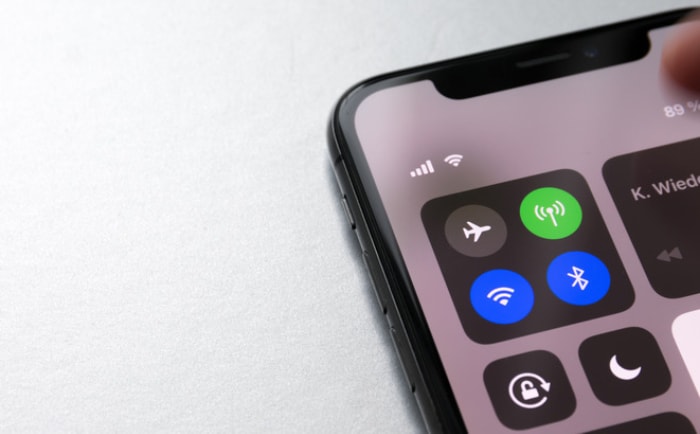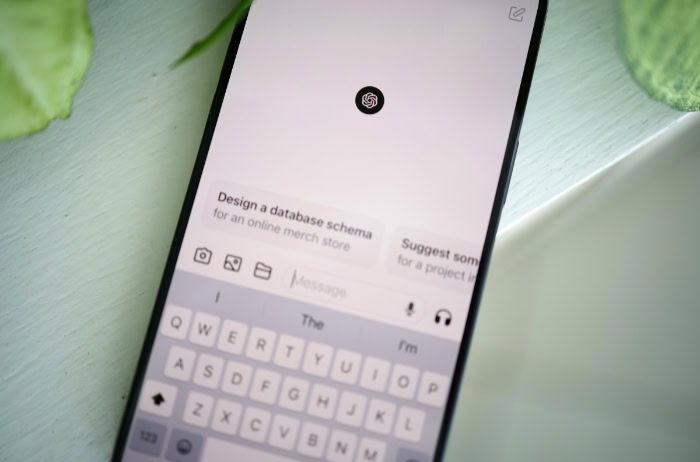eSIM vs. Physical SIM: When to Switch (and Why)
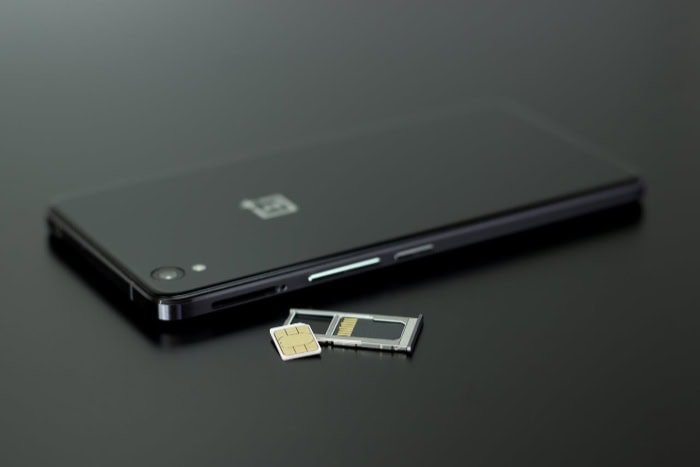
Staying connected is a necessity in today's world, and the technology that powers our mobile networks has made significant strides. For years, physical SIM cards have been the standard for linking our devices to carriers, but now eSIM technology is challenging the status quo with its advanced, built-in capabilities.
This shift presents a choice: stick with the familiar or embrace the future?
Definitions and Core Differences
SIM cards are the backbone of mobile connectivity, enabling devices to connect to carrier networks. While their function remains consistent, the form and how they integrate with devices have evolved.
Physical SIMs and eSIMs represent two distinct approaches to this technology, each with its own design and working mechanism.
What Is a Physical SIM?
A physical SIM, short for Subscriber Identity Module, is a small, removable card that holds carrier information necessary for a device to access mobile networks. It works by securely storing data like your phone number, carrier credentials, and encryption keys.
For decades, this has been the standard way to connect devices to cellular networks.
Users can easily insert and remove physical SIM cards, making it straightforward to transfer them between devices or replace them with a card from a different carrier. However, their removable nature also means that they rely on dedicated hardware within a device, such as a SIM tray, which takes up space in a phone’s design.
What Is an eSIM?
An eSIM, or embedded SIM, is a programmable chip built directly into a device’s motherboard. Like a physical SIM, it stores carrier information and connects the device to mobile networks.
However, instead of requiring physical handling, eSIMs are activated digitally. Users can download and switch carrier profiles remotely, often through a simple QR code or app.
By eliminating the need for a physical slot, eSIMs save space within the device, allowing manufacturers to create sleeker designs or include additional components like larger batteries. This embedded nature also reduces the risk of losing or damaging a SIM, offering a more integrated connectivity solution.
Key Technical Distinctions
The primary difference lies in how these SIMs integrate into devices and function. Physical SIMs require a dedicated slot and manual handling for insertion or removal.
In contrast, eSIMs are embedded directly into the device and are reprogrammable, allowing users to manage multiple carrier profiles digitally.
eSIMs add convenience by eliminating the need for physical swapping when changing carriers or plans, whereas physical SIMs are more universally compatible, working with the vast majority of devices on the market. These differences reflect the contrast between a traditional, tangible approach and a more modern, software-driven solution to mobile connectivity.
Activation and Setup Processes
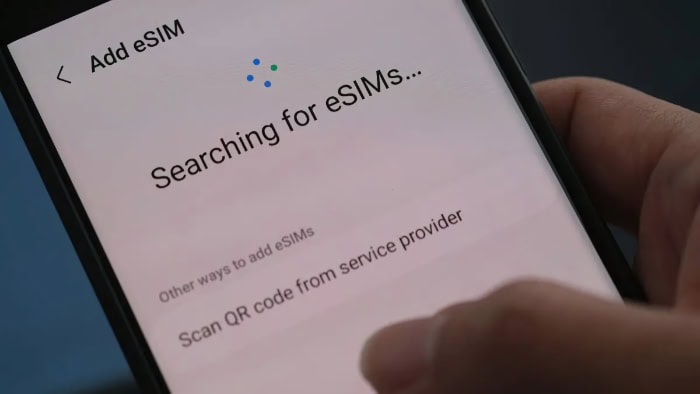
Setting up a SIM card is an essential step in connecting a device to a mobile network, but the methods differ significantly between physical SIMs and eSIMs. These differences highlight how traditional and modern approaches to activation operate.
Physical SIM Setup
Physical SIM cards rely on manual handling and a straightforward installation process. After acquiring a SIM card, either from a carrier store or a retailer, it must be inserted into the device’s SIM tray.
This often includes selecting the correct size (nano, micro, or standard) and carefully fitting it into place. Once inserted, the physical connection allows the device to access the assigned network.
While this process is relatively simple, it can involve added steps, such as visiting a carrier store for activation, calling customer service, or using a self-service portal to register the card. For users transferring their number from one carrier to another, additional time or assistance may be required.
Despite these steps, physical SIMs offer a sense of control as users can quickly transfer them between devices without relying on digital tools or connectivity.
eSIM Activation
eSIMs replace physical handling with a digital process that is both convenient and flexible. Since an eSIM is embedded directly into the device, there’s no card to insert.
Instead, activation occurs remotely. Users download carrier profiles digitally, often by scanning a QR code provided by the carrier or using the carrier’s app.
Once downloaded, the profile is installed on the eSIM chip, and the device is ready to connect to the network.
Switching between carriers is also handled digitally, allowing users to activate or deactivate profiles without needing to visit a store or physically replace anything. This feature is particularly helpful for those who need quick access to multiple carrier profiles.
However, the process relies on access to the Internet (such as Wi-Fi or an existing cellular connection) for downloading and updating profiles, which can pose challenges in certain situations.
Advantages and Limitations
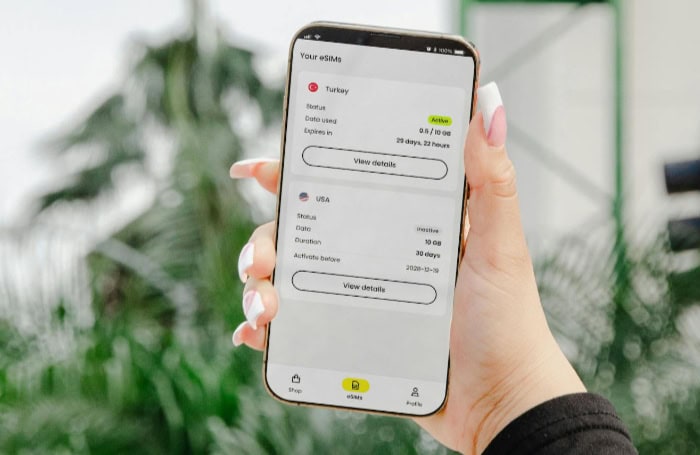
Both eSIMs and physical SIMs play a vital role in connecting devices to mobile networks, but their distinct designs and functionality bring unique advantages and limitations. These differences often influence which option aligns better with specific needs, from convenience to compatibility.
eSIM Pros
One of the most significant benefits of eSIM technology is its space-saving design. By integrating the SIM chip directly into the device’s hardware, eSIMs eliminate the need for a physical SIM slot, opening up space for other components like larger batteries or improved internal features.
This design also reduces the risk of physical damage or loss, as there’s no removable card to misplace.
eSIMs are also praised for their flexibility. They allow users to store multiple carrier profiles on a single device, making it easy to switch between plans or networks without replacing a SIM card.
This flexibility is particularly useful for users who value convenience or need to manage multiple numbers for work, personal use, or regional purposes.
Another standout advantage of eSIMs is enhanced security. Unlike a physical SIM card, which can be removed from a stolen device and misused, an eSIM is embedded into the phone, making it far more difficult to tamper with or misuse.
This integration provides an extra layer of security for users concerned about safeguarding their personal information.
eSIM Cons
Despite its modern appeal, eSIM technology comes with limitations that may affect its overall practicality. One of the most noticeable drawbacks is the lack of universal compatibility.
Many older devices don’t support eSIMs, and even some newer models may lack this feature depending on the manufacturer or region. Users may need to upgrade their device to take full advantage of eSIM services.
Another drawback is the reliance on digital infrastructure. Activating or switching an eSIM profile requires an Internet connection, typically through Wi-Fi or an existing cellular plan.
This can pose challenges in areas with poor connectivity or when access to a network is limited during setup. Additionally, support for eSIMs is not yet available across all carriers, which might limit its usability in certain regions or with specific providers.
Physical SIM Pros
Physical SIM cards have a long-standing reputation for their universal compatibility. Supported by virtually all mobile devices, physical SIMs are accessible and reliable for users regardless of their phone model, carrier, or region.
This makes them a practical choice for those who prefer simplicity and widely available options.
Transferring a physical SIM between devices is remarkably easy, requiring no additional tools or Internet access. Users can simply remove the card from one phone and insert it into another, making them ideal for those who frequently switch devices or need a backup plan for temporary or secondary use.
Physical SIMs are also appealing for cost-conscious users. Prepaid SIM cards from local carriers are often affordably priced and widely available, making them a convenient option for users seeking short-term plans or avoiding roaming fees when traveling.
Physical SIM Cons
While physical SIMs are widely used, their removable nature presents certain disadvantages. These cards are prone to physical wear and tear, and issues such as misplacement, loss, or damage can disrupt connectivity.
Device malfunctions, such as a broken SIM tray, can also hinder the use of physical SIMs.
Another limitation of physical SIMs is their lack of flexibility. Switching carriers requires obtaining a new SIM card and managing the physical replacement process, which can be inconvenient for users who frequently need to update their plans or numbers.
Additionally, a single physical SIM typically supports only one carrier profile at a time, which can be restrictive for users managing multiple plans or numbers.
Practical Use Cases and Scenarios

The choice between eSIMs and physical SIMs often comes down to how they fit into specific lifestyles or situations. While both options offer unique benefits, their strengths shine in different scenarios.
Here are some practical examples where each type of SIM, or a combination of both, might prove ideal.
When to Choose eSIM
For frequent travelers, eSIMs are an excellent option. They simplify the process of accessing local carrier plans by allowing users to download and activate profiles remotely, without needing to visit a store or swap physical cards.
This level of convenience is particularly valuable when moving between countries regularly or for those avoiding expensive international roaming fees.
Users who require dual numbers also benefit from eSIM technology. Having the ability to maintain a personal number alongside a work or regional number on the same device eliminates the need for multiple phones.
The ease of switching between profiles ensures that both lines remain active, making it ideal for professionals or those balancing business and personal communication.
Finally, eSIMs cater to tech-forward users who value the latest advancements in mobile technology. With their seamless integration and sleek design, eSIMs align with those who prioritize sleek devices, minimal physical components, and cutting-edge features in their day-to-day tech experience.
When to Choose Physical SIM
In rural areas or regions where eSIM support is limited, physical SIM cards remain the practical choice. Many carriers in these areas may not yet offer eSIM services, making physical SIMs the more reliable option for securing a strong and consistent connection.
Their universal compatibility ensures that nearly any device can accommodate a physical SIM, regardless of make or model.
Budget-conscious users often gravitate toward physical SIMs as well. For instance, travelers looking for a cost-effective way to stay connected might prefer purchasing a prepaid physical SIM card from a local carrier.
This approach offers affordable access to local networks without the potential added costs of eSIM-compatible devices or roaming plans.
For users with older devices, physical SIMs are often the only available option. While newer models frequently include eSIM functionality, legacy devices rely solely on physical SIM cards to connect to a network.
For those who don’t plan to upgrade their phones in the near future, sticking with a physical SIM ensures continued compatibility.
Hybrid Solutions
Some modern devices, such as dual-SIM smartphones, combine the benefits of both eSIMs and physical SIMs in a single device. This hybrid solution provides the flexibility to use each connection as needed.
For example, users can rely on a physical SIM for their primary carrier while using an eSIM to manage short-term plans or additional numbers. This is particularly useful for international travelers who might keep their home network active on a physical SIM while using an eSIM for a temporary local plan.
Hybrid setups also offer peace of mind. If one type of SIM encounters an issue, such as carrier restrictions for eSIMs or damage to a physical SIM, users still have a backup option to stay connected.
This dual approach allows for a highly adaptable experience, making it an attractive choice for individuals with diverse connectivity needs.
Conclusion
eSIMs and physical SIMs offer distinct approaches to mobile connectivity, each catering to different needs and preferences. eSIMs stand out for their modern convenience, space-saving design, and ability to support multiple carrier profiles, making them especially appealing to frequent travelers, tech enthusiasts, and users managing multiple numbers.
On the other hand, physical SIMs remain a reliable and practical choice, with universal compatibility, ease of use, and affordability, particularly for those relying on legacy devices or living in areas with limited eSIM support.
The decision ultimately depends on factors like your device’s compatibility, how you use your mobile service, and your budget. For those ready to embrace a more flexible, digital future, an eSIM can provide significant advantages.
Meanwhile, those who prefer simplicity and widespread availability may continue to find comfort in the reliability of physical SIM cards. With hybrid options available on many modern devices, you can even enjoy the benefits of both technologies, ensuring you stay connected no matter the situation.

